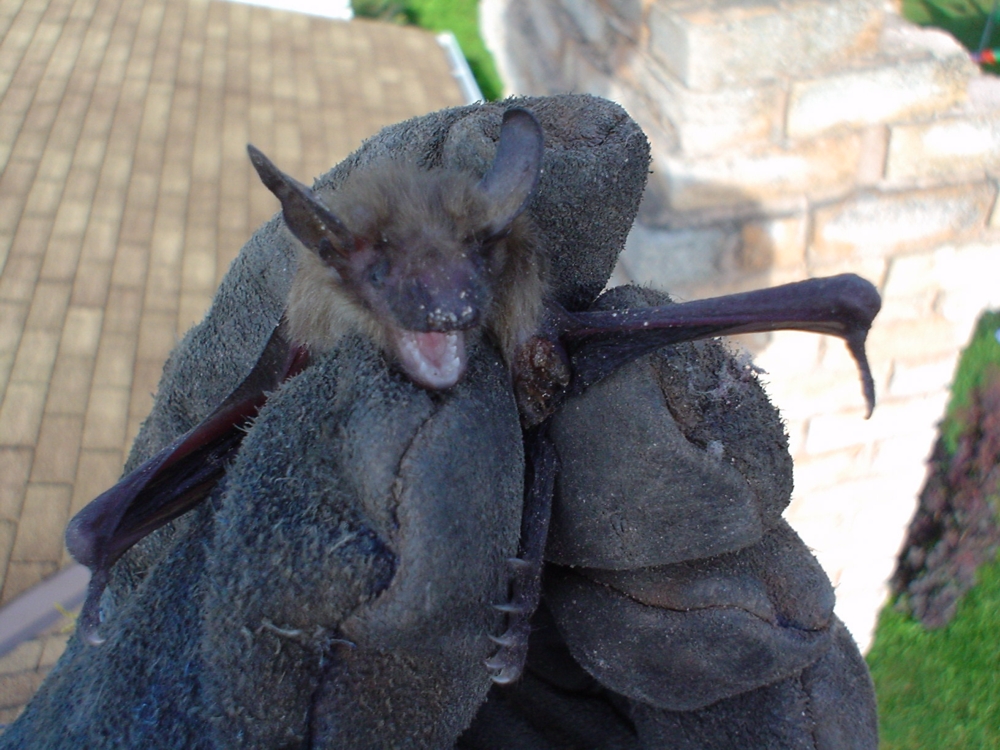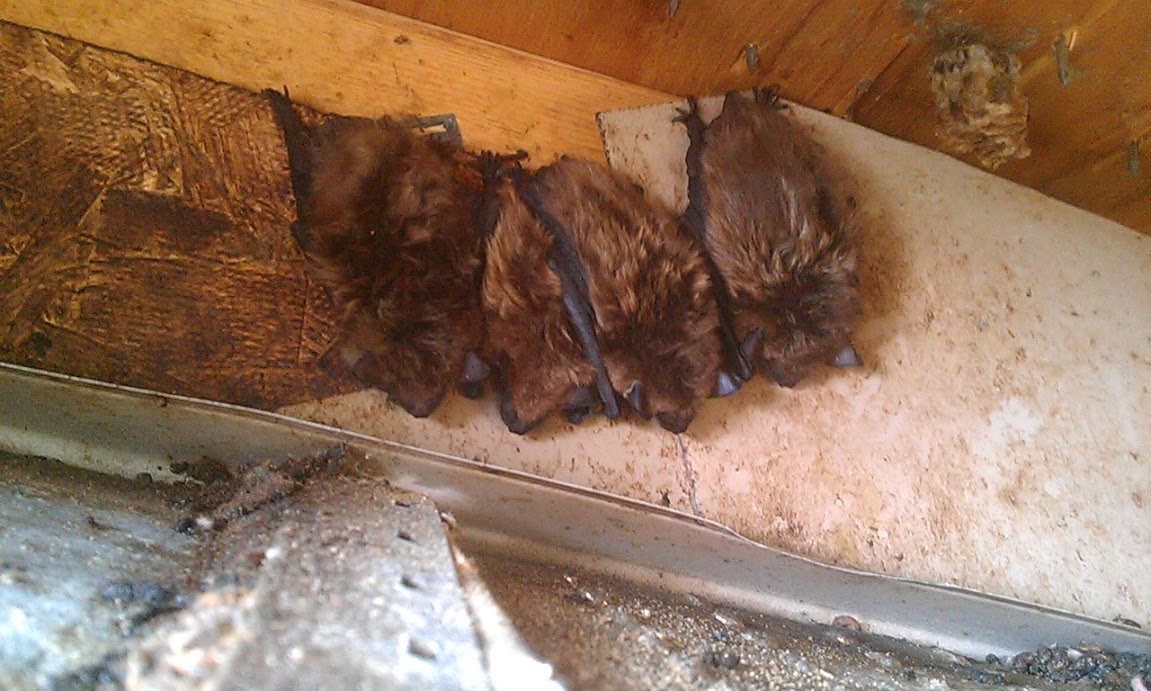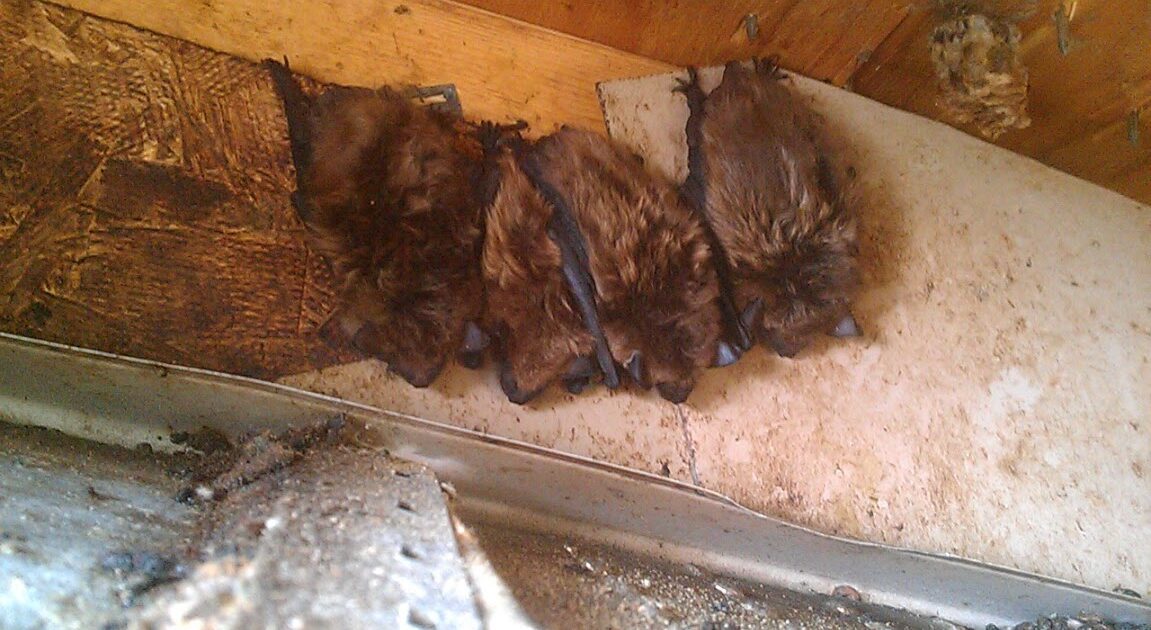Bats are fascinating creatures: from avoiding collisions by echolocation to sleeping upside down, there are so many interesting facts to know about these flying mammals. However, almost everyone can agree that we want to enjoy them from afar, and not as roommates. If you suspect you have a bat infestation, you need humane wildlife control. Skedaddle Humane Wildlife Control in North York understands the mating and gestation habits of bats, ensuring removal at a time that doesn’t endanger their lives or the lives of their young. Attempting to rid your attic of the unwanted guests at the wrong time of the year could end up killing the babies by separating them from the mother too soon or killing the adults by jolting them out of hibernation and into the cold.
It Starts With a Song and a Bite on the Neck
Some people only know of bats from old vampire movies. In fact, the locally found little brown and big brown bats only eat insects. However, while the winged animals won’t swoop down from the sky to suck your blood, neck biting is a part of their mating ritual. You don’t have to worry, though, as the males only bite the necks of sleeping female bats that they have targeted as a potential mate. If the female is already awake, the male rubs his head against the female’s head to signal his intentions.
You may wonder if the biting or head rubbing mating signal is random. Actually, before they get to that stage, the females have placed themselves in proximity to the males that they are the most attracted to. It’s not about a shiny coat or wide wingspan, but rather the higher pitch of the mating songs from the healthiest males that attract the ladies. Once the couple has connected, it doesn’t mean that baby bats are on the way. Female bats are able to delay their ovulation. Mating swarms typically occur during the fall. After a female bat has mated with one or more males, she stores the semen in a special gland for several months while she hibernates. Once she awakens and ovulates, she can then use the stored sperm to fertilize her eggs.
And Then There Are Pups
By timing their ovulation to occur after hibernation, the female bats ensure that their offspring will be born in late spring, at the time of year that provides the highest chance for survival. Bats have a gestation period of 60 days. Since both big brown bats and little brown bats typically have only one to two pups per year, the mothers want to make sure there is an abundant food supply at the time they give birth. As the weather warms, the insects are more prevalent and active, providing plenty of food for nursing mothers and later, the maturing youngsters.
Young bats stay in the maternity colonies with their mothers until they are fully grown, which takes approximately nine months to a year. At this point, they are sexually mature, but they may wait until they are up to two years old before they actually mate. Once the little ones leave, the mother is ready to mate again.

What To Do If You Have a Bat Problem
If you suspect you have a bat infestation, do not try to touch them or attempt to remove them yourself. Not only is it dangerous for you, but you could hurt or endanger the animals. Call a professional wildlife removal service that you can depend on to remove the unwelcome guests. Skedaddle Humane Wildlife Control in Durham has years of experience in the safe, humane removal of wildlife. Contact us today.




